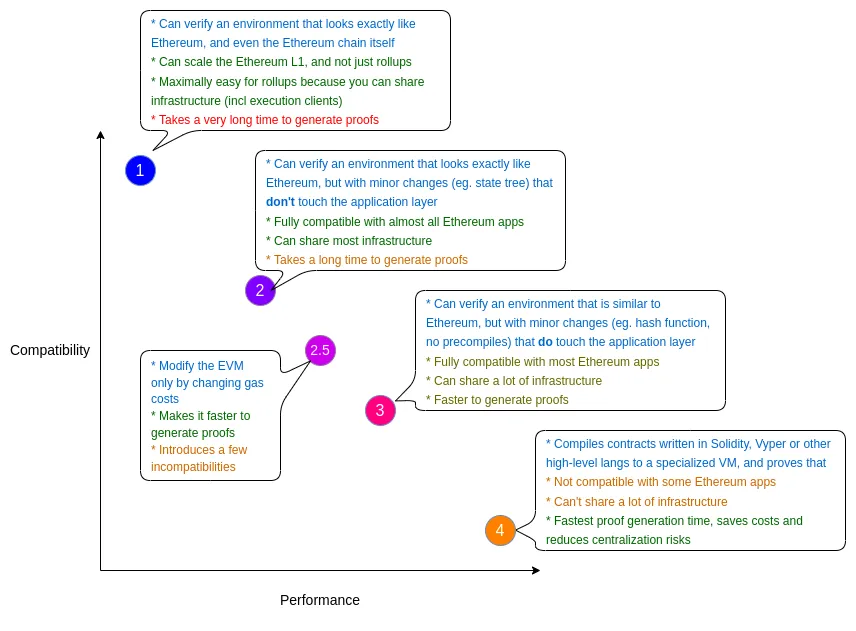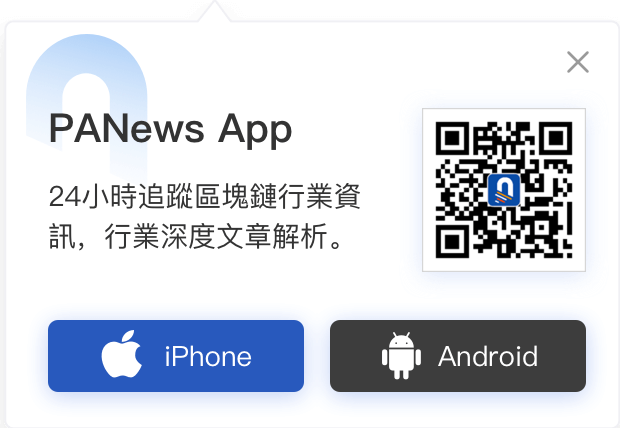Blockchain technology has revolutionized the way we think about trust, security and decentralized systems. However, one of the major challenges facing blockchain adoption is scalability. As the number of users and transactions on a blockchain network grows, the processing power required to validate and verify transactions can become a bottleneck, leading to slow transaction times, high fees and reduced efficiency. In recent years, a number of innovative solutions have emerged to address these scalability challenges, including zk rollups, Optimistic rollups, Validium and more. Amongst the various scaling solutions, zkEVM is one of the hottest players in the space. Let’s find out if zkEVM is truly scaling’s holy grail!
What is zkEVM?
A zkEVM (Zero Knowledge Ethereum Virtual Machine) is a type of virtual machine that enables the development and execution of smart contracts with zero-knowledge functionality. All zkEVMs strive to do the same things: to provide a zk rollup experience that is identical to using Ethereum’s Layer 1 blockchain. In the early stages of Ethereum’s scaling race, optimistic rollups such as Arbitrum and Optimism had a significant advantage because it was initially much simpler for rollups of this style to be compatible or even fully equivalent with the EVM. Because of this technological affinity, developers can avoid altering their code or abandoning their EVM tools and smart contracts while migrating or creating smart contracts on more scalable solutions that maintain the security and decentralization of L1s, resulting in excellent user experiences.
Types of zkEVMs
Vitalik Buterin categorized zkEVMs into four different types based on compatibility and performance. A Type-1 zkEVM would be fully compatible with the EVM and could even be used to upgrade Ethereum itself, whereas a Type-4 zkEVM would only work with specific Ethereum applications. A more technical explanation on the benefits and drawbacks of each type can be found in Vitalik’s blog. Here is his breakdown of the various types of zkEVMs:

Image via Vitalik’s blog
Type-1 vs Type-2 zkEVMs
zkEVMs fall under Type-1 and Type-2 zk rollups which have the highest compatibility with Ethereum. They are fully compatible with most Ethereum applications since they do not touch the application layer. Hence, zkEVMs are preferred by developers who have already built their applications on Ethereum.
The race is on to see which team can produce the first “Type-1” and “Type-2” zkEVMs, offering Ethereum developers a highly compatible scaling solution to build on without having to make drastic changes to their codebase. Despite having similar objectives, they have all taken different approaches.
In March 2023, several zk rollups projects released their own zkEVM implementation. The public release of zkEVMs represents a significant step towards Vitalik’s 2021 prediction that “medium to long term, zk rollups will win out in all use cases as [the] technology improves.”
While Type-1 zkEVMs offers the maximum compatibility with Ethereum, the proving times are notoriously slow as Type-1 zkEVMs replicate Ethereum’s inefficiencies as well. At present, proofs for Ethereum blocks take hours to produce. Type-2 zkEVMs offer a better balance between compatibility and performance, offering enough compatibility for developers while significantly improving prover times. Many initiatives are currently prioritizing the development of Type-2 zkEVMs.
Frontrunners of the zkEVM War

Image via msfew.eth
- Scroll : building a Type-2 zkEVM. The team worked with the Privacy & Scaling Exploration group to develop their zkEVM. The final step before mainnet, Scroll Alpha Test, was released in August 2022.
- Polygon zkEVM : open-source and utilizes the Type-2 zkEVM approach. It employs ZK proofs to decrease transaction expenses and boost throughput while maintaining the security of Ethereum L1. The Polygon zkEVM Mainnet Beta officially launched on 27th March 2023.
- zkSync Era : adopts the Type-4 zkEVM and it is created by Matters Lab. It’s Type-4 zkEVM is improved with unique features and the impressive volition capabilities of zkPorter. Thus, zkSync Era became the first EVM to launch on the mainnet and is completely accessible to the general public to bridge their fund to the system or deploy their code on the network.
- StarkNet : utilizing the Type-4 zkEVM approach. EVM is not a native feature of Starknet. Starknet employs the Warp transpiler (by Nethermind) to convert Solidity code into Cairo in order to support smart contract deployment. Kakarot, a community-driven project, also contributes to StarkNet’s compatibility with the EVM.
Other zkEVMs
- Taiko : as stated on its website, Taiko presents itself as a “fully decentralized, Ethereum-equivalent zk-rollup” with a Type-1 zkEVM. According to Taiko, being a Type-1 zkEVM distinguishes it from other initiatives on the list, and one of its primary benefits is the simplicity of migration with minimal code modifications.
- Linea : a Type-2 zkEVM powered by Consensys. Through the integration of ZKP with full EVM compatibility, developers are empowered to create scalable DApps or transfer existing ones to the new platform with no code changes or rewriting of smart contracts. On March 28th, 2023, the public testnet was released and added to the default network options in the Metamask extension.
Conclusion
Launching Polygon zkEVM and zkSync Era on the Ethereum mainnet will be a crucial first step in testing zkEVM with actual users and DApp activities. The accessibility and scalability of production-ready zkEVMs have the potential to disrupt the competition not just between the various scaling solutions for Ethereum but also between Ethereum and other layer 1 chains. Successful implementation of Type-2 zkEVMs will give existing Ethereum developers the ability to scale their DApps building on code they’re familiar with, further increasing the stickiness of the Ethereum ecosystem.
zkEVMs represent a step towards building a more sustainable Ethereum with the developer community in mind. By giving developers a scaling platform with higher compatibility, more developers are able to build on it, and we unlock a larger design space for the entire ecosystem. In the future, more developers may move towards the higher performance Type-3 and Type-4 zk rollups that can scale Ethereum even better and provide more use cases, but right now with Type-1 and Type-2 zkEVMs developers can make the transition to a rollup much easier.
ScalingX Official Account
Website :https://www.scalingx.xyz/
GitHub :https://github.com/scalingx/
Twitter :https://twitter.com/scaling_x
Telegram :https://t.me/scalingx
Discord :https://discord.com/invite/U6uNCumNR3
Contact Us :hello@scalingx.xyz













